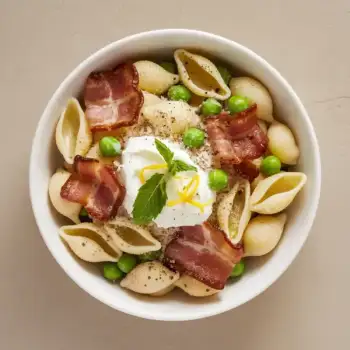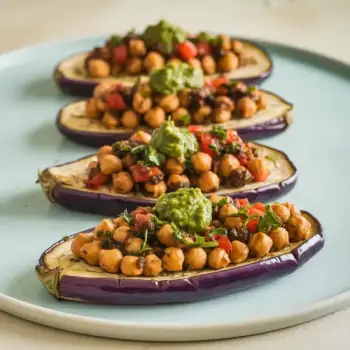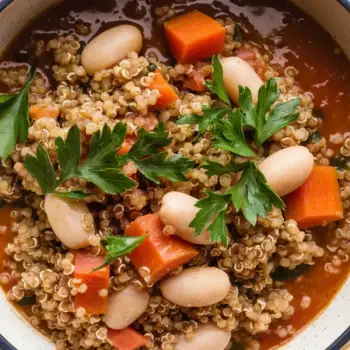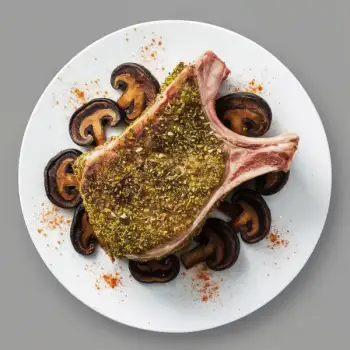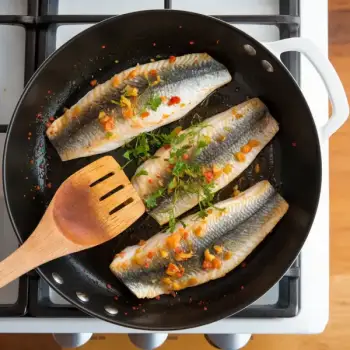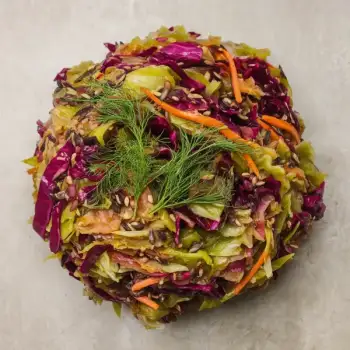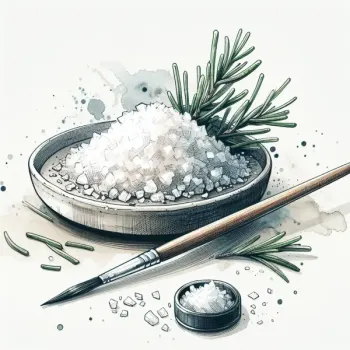


Fine
Sea salt that has been ground into smaller, more uniform particles, suitable for baking and general cooking.
Coarse
Chunky, large crystals of sea salt, ideal for grinding fresh over dishes or for use in brining.
Flaked
Sea salt that has been evaporated into large, flat crystals, offering a delicate crunch and a briny taste.
Smoked
Sea salt that has been smoked over wood fires, imparting a smoky flavor ideal for grilling and seasoning meats.
Fleur de Sel
A hand-harvested sea salt collected from the surface of salt ponds, known for its light texture and subtle flavor.
Himalayan Pink
Rock salt mined from the Khewra Salt Mine in Pakistan, appreciated for its mineral content and aesthetic appeal.




Fine: Celtic Sea Salt
Smoked: Maldon Smoked Sea Salt
Fleur de Sel: Le Saunier de Camargue
Himalayan Pink: Sherpa Pink

Curing: Sea salt is also used in curing, a preservation method that draws moisture out of foods like meats and fish. The salt can be mixed with herbs, spices, and sometimes sugar, and then applied to the food to cure it over time.
Brining: Sea salt can be used to create a brine, which enhances the moisture and flavor of meats. A basic brine is made by dissolving sea salt in water, often with additional seasonings, and submerging the meat for several hours or overnight.
Seasoning: Sea salt is used to season food at various stages of cooking. It can be added during the cooking process to build layers of flavor or sprinkled on top of finished dishes as a final touch. The size and texture of the salt will affect how it integrates into the dish.





